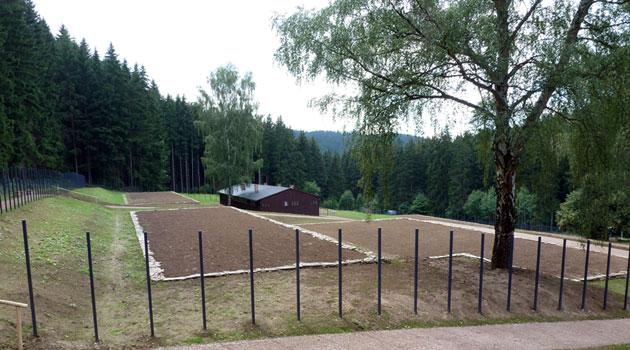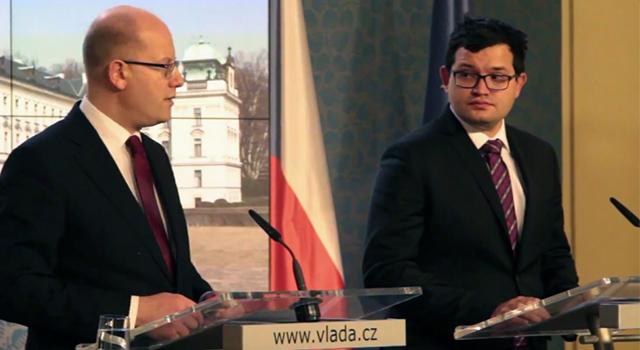Czech Republic: Romani Holocaust Memorial at Hodonín to open this summer

The memorial to the Romani Holocaust at Hodonín u Kunštátu will open to visitors this summer. Trial operations should begin in July and the official opening will take place in August.
Construction of the memorial, the administration of which has been entrusted to the J.A. Comenius National Pedagogical Museum and Library, has taken almost four years. The memorial is located on the site of what was a camp during the Nazi Protectorate of Bohemia and Moravia and during the post-war era where, from August 1940 to November 1950, various groups of persons were imprisoned because of their nationality, politics or race and excluded from mainstream society.
During the Second World War, Hodonín served as a transit camp for Romani people from Moravia prior to their transport to Auschwitz. Preparation of the exhibition at the memorial has been undertaken by leading Czech historians and the Museum of Romani Culture in Brno.
“We are providing materials from the time of the ‘Gypsy’ transit camp for each part of the exhibition. We have been involved in researching the Romani Holocaust for more than 20 years and in our collections we have audiovisual testimonies from former prisoners and photographs,” museum director Jana Horváthová told the local daily Blanenský deník.
The exhibition is planned as a permanent one and is supposed to familiarize visitors with the history of the camp, with a particular focus on the Protectorate-era “Gypsy” camp there and the general historical context of the Romani Holocaust in the Czech lands during the Second World War. The permanent exhibition will be augmented by short-term, smaller exhibitions and other events.
The campus today is comprised of a newly-built information center, a restored prisoners’ barracks and a restored guards’ dormitory. The information center houses the entire exhibition in one spacious room.
Part of the information center is also a multi-functional hall. Documentary and dramatic films will be screened there about the Holocaust, the Second World War, and totalitarian regimes.
The hall can be used for discussions, lectures, and varoius educational events. The perimeter of the campus is lined with freestanding iron bars, one for each person who died there.
From August 1942 to December 1943, Romani people, both entire families and single individuals, were concentrated at the so-called “Gypsy” camp (another one of which was located in Bohemia, at Lety u Písku) prior to their deportation to the extermination camp at Auschwitz. A total of 1 396 Romani people passed through the camp.
A total of 207 children, men and women died at the camp during its existence as a result of the difficult living conditions there and a typhus epidemic, and 35 infants were born there, none of whom survived. In terms of the number of victims produced, there is no doubt that this was the most tragic phase in the history of the camp.
After WWII ended, the camp was used during the organized evacuation of German people to hold those who were not able to be immediately deported because of illness or old age. Around 80 died in the camp as a result of causes similar to those that killed the Romani inmates.
After the communist coup in February 1948, a Forced Labor Camp was established at Hodonín to imprison, from 1949 to 1950, the former officers of the pre-February Czechoslovak Army. The camp was also used to accommodate or imprison other groups: From 1940-1942 the prisoners of a Disciplinary Labor Camp, in 1944 the prisoners of an Educational Labor Camp, in the winter and spring of 1945 as a training area for members of the Nazi German Wehrmacht, in May and June 1945 to accommodate members of Romanian Land Forces units, and in the summer of 1945 as a hospital for the Red Army of the Soviet Union.
